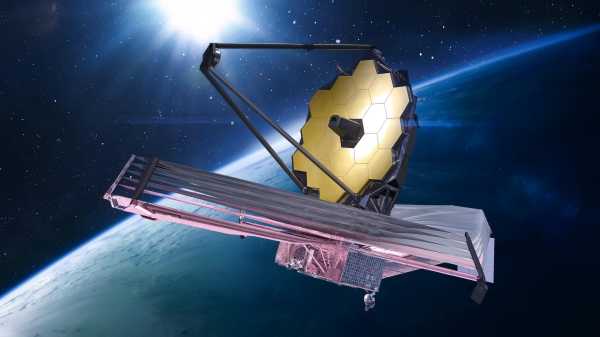
Pluto's mysterious blue atmosphere plays a key role in the dwarf planet's climate. (Image credit: NASA/JHUAPL/SwRI)
Astronomers using the James Webb Space Telescope (JWST) have once again explored the distant reaches of our solar system and found that Pluto is surprising us once again.
When NASA’s New Horizons probe flew past Pluto in 2015, it disproved the myth that the dwarf planet was a quiet, icy body, revealing instead icy plains and jagged mountains. But one of the most striking discoveries was a blue, multilayered atmosphere that spans the planet’s sky, extending more than 185 miles (300 kilometers) above the surface — significantly higher and more complex than scientists had previously thought.
Now, nearly a decade later, new data from JWST confirm that Pluto's atmosphere is not just a spectacle, but a factor influencing the dwarf planet's climate.
You may like
- James Webb Telescope Captures Auroras on Neptune for the First Time
- James Webb Telescope Finds 'Impossible' Auroras on Jupiter
- James Webb Telescope Sees Strange Changes on Jupiter's Icy Moon Europa
“This is a unique phenomenon in the solar system,” Tanguy Bertrand, an astronomer at the Paris Observatory who led the analysis, told Live Science. “It's a new type of climate, so to speak.”
The findings, presented in a study published June 2 in the journal Nature Astronomy, suggest that similar processes may be occurring on other hazy worlds in our solar system and provide clues about our planet's early climate.
About the haze
Pluto’s upper atmosphere is made up of complex organic molecules formed by reactions between methane and nitrogen when exposed to sunlight. The idea that this atmosphere could play a role in regulating Pluto’s climate was first proposed in 2017. Computer models showed that these particles absorb solar radiation during the day and radiate it back into space as infrared energy at night, cooling the atmosphere significantly more effectively than gases alone. This could also explain why the temperature of Pluto’s upper atmosphere is about -333 degrees Fahrenheit (-203 degrees Celsius) — 30 degrees cooler than expected.
However, testing this theory has been difficult for years. One of the main problems was Pluto’s large moon, Charon, which orbits the cold planet so closely that their thermal signals are often mixed in telescope data. “Basically, we couldn’t tell exactly how much of the signal was due to Charon and how much was due to Pluto’s haze,” Bertrand said.
The researchers involved in the 2017 study predicted that Pluto’s haze would make the planet unusually bright at mid-infrared wavelengths — a prediction that could only be tested with future instruments. That opportunity arrived in 2022, when JWST’s powerful infrared instruments were finally able to separate the signals from the two worlds. And sure enough, the faint infrared glow from Pluto’s haze matched the predictions.
“It’s rare in planetary science to have a hypothesis confirmed so quickly, in just a few years,” said planetary scientist Xi Zhang of the University of California, Santa Cruz, who led the 2017 team, in a statement. “So we feel very happy
Sourse: www.livescience.com





